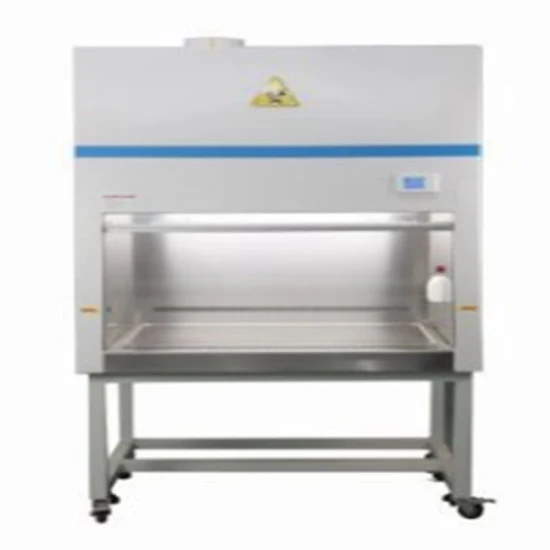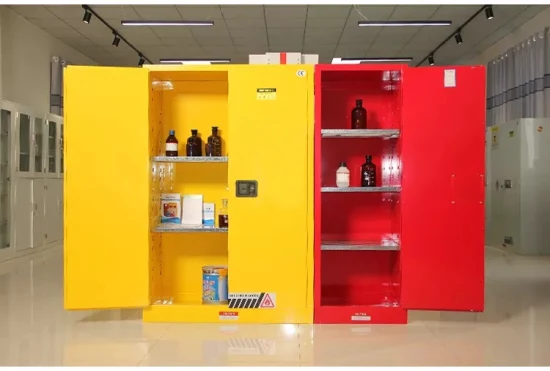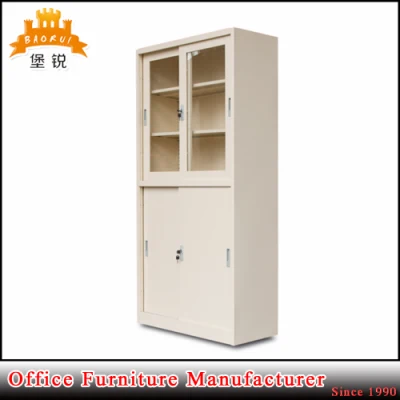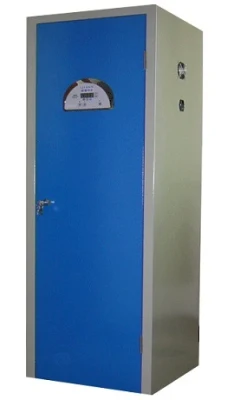
Good Quality Worktop with Lab Sink Workbench Popular Models Easily Reconfigure
Overview Package Size 2000.00cm * 900.00cm * 1200.00cm Package Gross Weight 50.000kg Product Description When considerin
Send your inquiryDESCRIPTION
OverviewBasic Info.
| Model NO. | APL-SKB-001 |
| Color | Blue |
| Customized | Customized |
| Condition | New |
| Sink | PP/ Stainless Steel 304/Epoxy |
| Accessory | PP Sink, Reagent Shelf |
| Certification | CE, ISO14001, ISO9001,Ohsa |
| Feature | Fireproof+Explosion-Proof+Anti-Microbial |
| Structure | C-Frame/H-Frame/Floor Mounted |
| Product Name | Stainless Steel Sink Bench |
| Transport Package | Protect Film +Carton for FCL Order |
| Specification | Customized |
| Trademark | Ample |
| Origin | Chengdu, China |
| HS Code | 9031200090 |
| Production Capacity | 100000 Meter/Meters Per Month |
Packaging & Delivery
Package Size 2000.00cm * 900.00cm * 1200.00cm Package Gross Weight 50.000kgProduct Description
Product DescriptionWhen considering sinks for a laboratory, you may be thinking that a traditional kitchen sink will work. However, that is not the case. A laboratory requires a science lab sink, one that is created for the space to ensure the employees are safe and able to clean up with ease in the lab environment. Learning the basic differences between traditional sinks and laboratory sinks will help you to better understand the needs of the lab and ensure the space is ready to function no matter the experiment.
In a lab, the cleanliness of the water must be considered. The water used in the lab does not need to have contaminants that could affect experiments or the cleanliness of the staff. Equipment in the lab needs to be clean, so having fresh water that is not contaminated is essential. With a science lab sink, you can install an option that has water filtration, ensuring any contaminants are removed with ease before cleaning of instruments or supplies as well as washing hands.
When working in a laboratory setting, there are tests that will be performed as well as experiments that will require both of your hands to be free when controlling water flow. Because of this need, a hands-free approach is needed for your lab sink. You also can use a hands-free option because your hands need to stay clean, and the knob of the unit can have microorganisms that would contaminate your experiment. Results would be inaccurate if a foreign body were to integrate within your experiment. When you can use your elbow or even a pedal to control the water flow, you avoid interrupting your experimental process.
A traditional kitchen sink is not able to handle the day-to-day strain that a laboratory creates. A kitchen sink is set up to succeed with water, not harmful chemicals. A laboratory sink is created from materials that will not degrade the unit. Epoxy Resin lab sinks are an example of a material that is durable and safe to use in a laboratory setting. Most chemicals will not harm the unit, allowing you to wash tools as well as your hands without the threat of damaging the sink.
If you install a traditional sink in your lab, you run the risk of problems with the sink as well as the actual drain and piping. Chemicals can easily be damaging, leading to issues that will delay your work as well as cost money.
| Name | lab sink cabinet/lab furniture/laboratory wet bench |
| Dimension | customer optional |
| Color | Customer optional |
| Structure | All steel structure with C-frame,H-frame,floor mounted all are available . |
| Framework material | standard 60*40*1.5mm square steel tuve spraying epoxy powder coating.other request by customer is available. |
| Body Material | 1.0mm/1.2mm/1.5mm cold-rolled steel sheet/stainless steel/galvanized steel sheet/PP(polypropylene)/FRP(fiber reinforce plastic)all available. |
| Worktop | 1)15mm/19mm/25mm thickness epoxy resin tops,black,grey,white color for option 2)13mm/16mm/19mm/25mm thickness Phenolic Resin tops 3)1.0mm/1.2mm 304# stainless steel cover with 18mm thickness MDF as a worktop. 4)20mm thickness laboratory grade ceramic tops .black color 5)20mm/30mm/50mm marble tops black color. |
| Cabinet | for a better apperance and high efficient working station .we suggest lab furniture provide some cabinet .our standard cabinet size is 400*450*600.600*450*600 .other cabinet size should be customized and approval.with the wheels of belt brake. |
| Handle | 304# stainless steel/Aluminum/Plastic handle are available |
| Accessory on the bench top | |
| Reagent Shelf | Module steel column/Aluminum column,12mm tempered glass as the layer and other material board is optional,like epoxy resin,phenolic,marble,granite,stainless steel |
| Sink | PP sink,epoxy resin sink,stainless steel sink for your option. |
| Faucet | Single taps/two way taps/trip taps for cold water cold&hot water.pur water taps,sensor taps all is up to your choice.Stainless steel material .brass body with ceramic valve are with epoxy resin powder coating. |
| Socket | water proof lab furniture socket.explossion proof socket .standard socket used in your country is for your option |

A lab bench is a piece of equipment that helps someone work on a project. It can be the source of chemicals, test tubes, and vials, or even be used to mix ingredients for a specific recipe. There are many different types of lab benches that have more features than others for different purposes.
An important factor when choosing the right bench for your clients is the size because it can make it difficult for people to reach certain areas of the bench without assistance. There are many different types of lab benches. Some common ones include the slant-top bench, the folding table, and the bench with a carousel. The most important thing to consider when choosing a lab bench is how lightweight it is. Chemists have a variety of laboratory benches with various attributes that they can use in their work. Some benches cater to specific needs, while others have a more general purpose. There are many brands and models on the market, each one with its own benefits and drawbacks.
Chemical labs come with many different products. These products are often sold at different price points. In order to find the right product for your medical lab, you first have to decide which type of laboratory bench you want to purchase. You can categorize laboratory benches into three types: general use, store only, or designated use.
General-use benches are used for multiple purposes and can be used in a variety of jobs such as paintless dent repair. Store-only benches are specifically intended for chemical storage and should not be used for any other tasks. Finally, designated-use shelves should only be used for chemicals that need to be kept separate from other substances that could contaminate them. To choose the right lab bench for your clients, you need to know what features are required. Some of these include air conditioning and dehumidifiers, saftey glass doors, a sink and faucet, glove boxes, a multi-purpose tray with cups and plates, a storage area for chemicals and materials, and foot pedals.
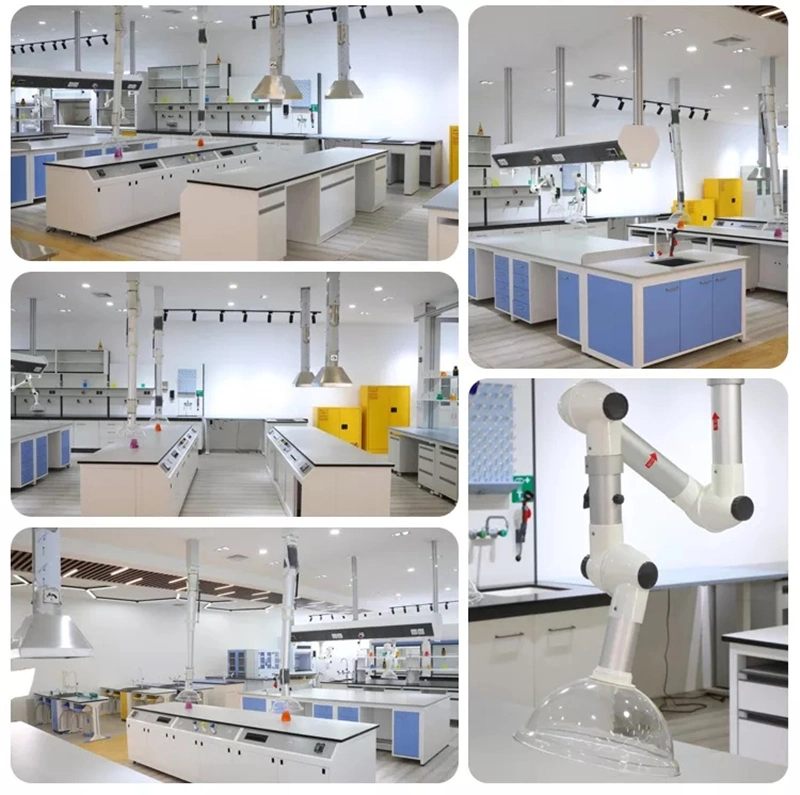
Related Products
-
![Yaning Cleanroom Equipment Dynamic Transfer Hatch Laminar Flow Pass Box for Lab Hospital Electric Manufacture Plant with Airtight Interlock]()
Yaning Cleanroom Equipment Dynamic Transfer Hatch Laminar Flow Pass Box for Lab Hospital Electric Manufacture Plant with Airtight Interlock
-
![Cleanroom Pass]()
Cleanroom Pass
-
![1000ml Acid Purification System in Laboratory Has Low Cost and Fast Acid Production]()
1000ml Acid Purification System in Laboratory Has Low Cost and Fast Acid Production
-
![China Biosafety Cabinet Chemicals Biosafety Cabinet Class III PCR Lab Biological Safety Extra Cabinet]()
China Biosafety Cabinet Chemicals Biosafety Cabinet Class III PCR Lab Biological Safety Extra Cabinet



